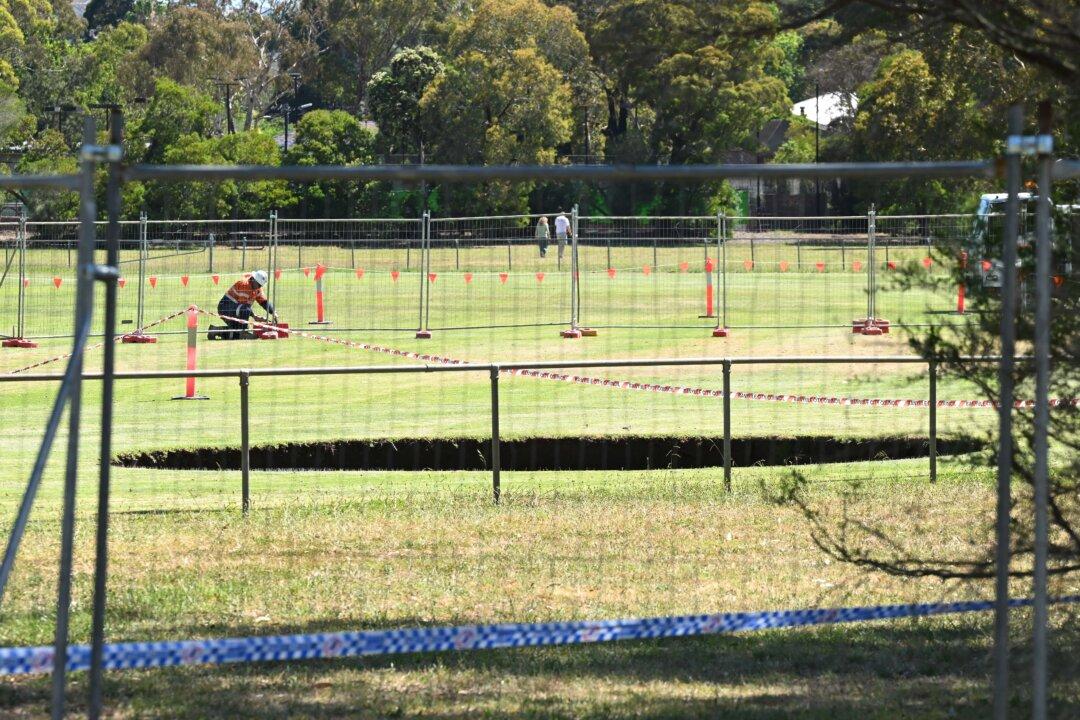Platypus have returned to Sydney’s Royal National Park for the first time in five decades as part of a state-first translocation program.
Five female platypus have been released into the national park south of Sydney, and four males will follow in the coming week after the quartet establish their territory.





